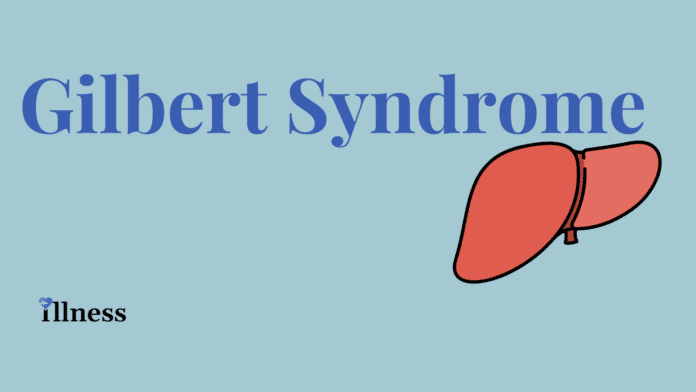Overview Of Gilbert Syndrome
Gilbert Syndrome is a common disorder passed down through families. It affects the way bilirubin is processed by the liver and may cause the skin to take on a yellow color (jaundice) at times.
Commonly Associated With
Icterus intermittens juvenilis; Low-grade chronic hyperbilirubinemia; Familial non-hemolytic-non-obstructive jaundice; Constitutional liver dysfunction; Unconjugated benign bilirubinemia; Gilbert disease
Causes Of Gilbert Syndrome
This syndrome affects 1 in 10 people in some white groups. This condition occurs due to an abnormal gene, which is passed from parents to their children.
Symptoms Of Gilbert Syndrome
Symptoms may include:
- Fatigue
- Yellowing of the skin and whites of the eyes (mild jaundice)
- In people with this syndrome, jaundice most often appears during times of exertion, stress, and infection, or when they do not eat.
Exams & Tests
A blood test for bilirubin shows changes that occur with this syndrome. The total bilirubin level is mildly elevated, with most being unconjugated bilirubin. Most often the total level is less than 2 mg/dL, and the conjugated bilirubin level is normal.
The syndrome is linked to a genetic problem, but genetic testing is not needed.
Treatment Of Gilbert Syndrome
No treatment is necessary for this condition.



